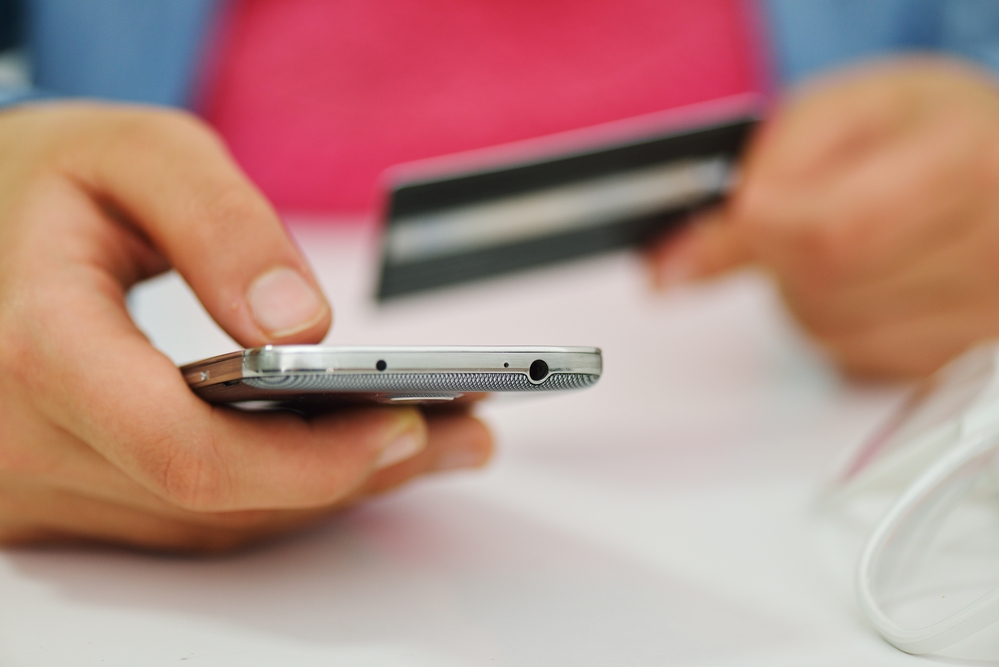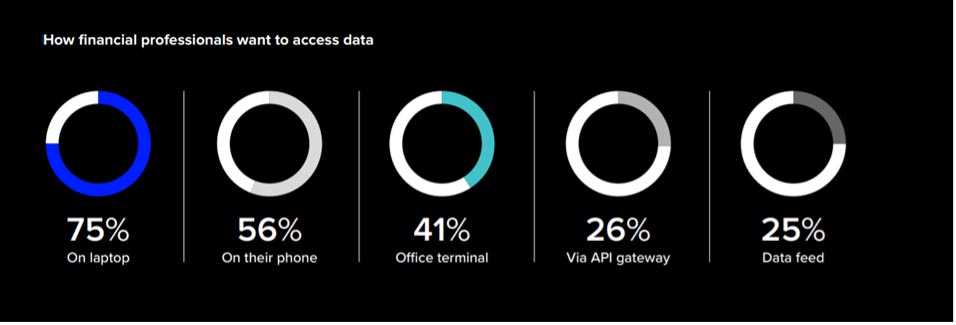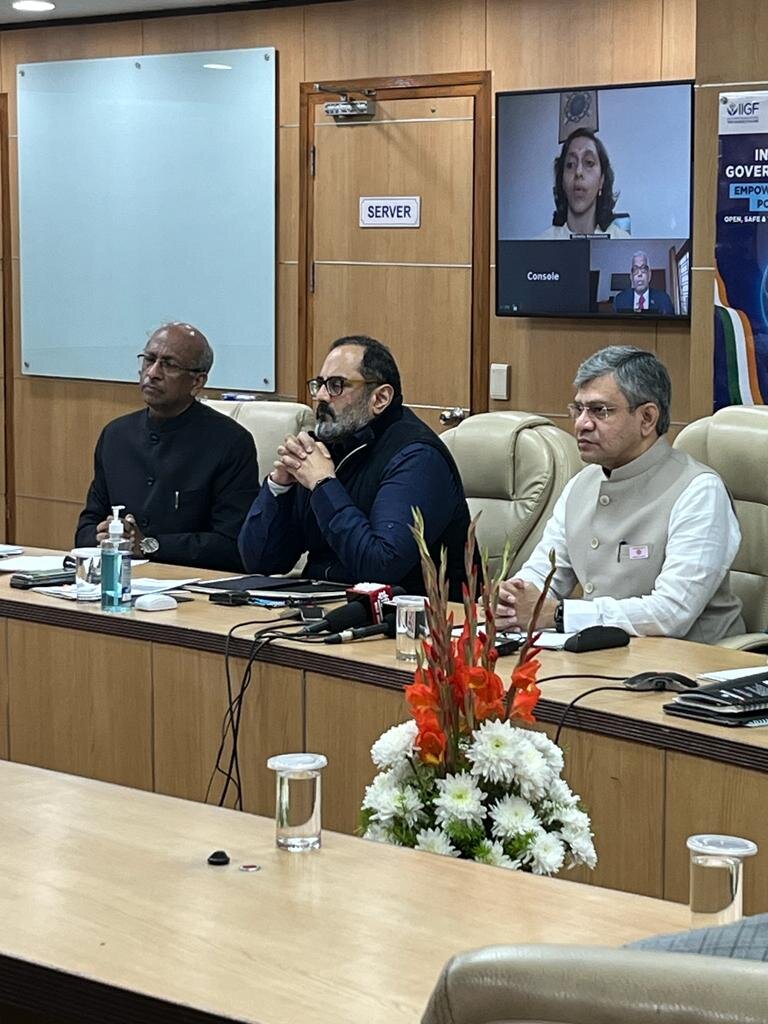Digital Payments 2020: What Lies Ahead?

Modern technology has created a huge shift in every aspect of commerce and the process has also altered the payments ecosystem. In the last few years, the banking industry has introduced new payment methods for consumers, enabling the growth of fintech companies who are constantly striving to address the future needs of digital customers.
The driving force in digital payments
It would not be wrong to say that digital payments have become a way of life for millennials, due to a significant change in their buying and paying behaviour, thanks to the rapid growth of e-commerce and m-commerce.
Disruptive technologies such as artificial intelligence (AI), internet of things (IoT), among others, have further enhanced payment methods in devices with in-built intelligent personal assistants like Alexa, Google Assistant. There is also room for conversational commerce to play a crucial role in this industry, where chatbots and voice technology can initiate payments. According to a survey by Gartner, chatbots will power 85 per cent of customer service interactions by the year 2020. Both machine learning and natural language processing will help increase the demand for payments, particularly that of voice commerce.
Another technology that is gaining momentum is the use of biometrics. Over 1 billion Indian consumers have established a digital identity with the government. This enables the government to access the information of a citizen quickly. However, it is at a nascent stage for financial inclusion and digital payments in India.
Currently, fingerprint recognition is the most widespread biometric technology in use. Voice and facial recognition patterns are going to catch up shortly. The fintech industry is experimenting with how fingerprint recognition can be used instead of pins for debit and credit card payments.
Payments on-the-go
The mobile phone has become the most preferred mode for making payments and the most prominent ones include near-field communication (NFC) payments and remote payments. NFC payments can be made if NFC is enabled on phones, debit or credit cards, resulting in a fast, direct, and encrypted transfer of data to point-of-sale devices. Remote payments allow consumers to make them through a smartphone browser by entering card details on a website, or through a mobile application that has a payment card attached to it, or through numerous P2P apps.
In the coming years, consumers will be able to make payments through an electronic billboard by scanning their smartphone cameras at the board. The transaction will be completed by providing a pin or biometric marker. Such technology is easy to use, just like taking a picture from your phone. Also, this will eliminate consumers having to wait in a queue at a brick and mortar store. Consumers would be able to scan their products using a connected device and then pay through a mobile wallet, which will have an in-store payment terminal. They will receive a receipt once the payment is complete. Just like smartphones, wearable devices are also making payments plausible for consumers.
Another area where digital payment is being increasingly used is in transportation. For instance, car owners will be able to pre-order and purchase coffee or fuel and even can book their seat in their favourite restaurants from inside the car. Car manufacturers will partner with payment providers to streamline payments. This would not be possible without IoT (Internet of Things) as it will play a major role in everyday experiences. Blockchain and 5G networks will be the driving factors contributing to the IoT market.
The road ahead
In the fintech industry, digital payment is the future. Digital payment technologies and consumer behaviours are both transforming rapidly. Human intervention in payments and banking methods will reduce, resulting in consumers making their payments seamlessly. Biometrics and IoT are evolving and making payments nearly invisible. Machine learning will be used in online KYC (Know Your Customer) processes, real-time transactions, fraud prediction, and customer experience.
Today, more and more financial transactions are going digital, however, the key will be to ensure the right balance between a seamless payment experience and online security.
The author is the Chief Executive Officer of Opus Consulting Solutions









